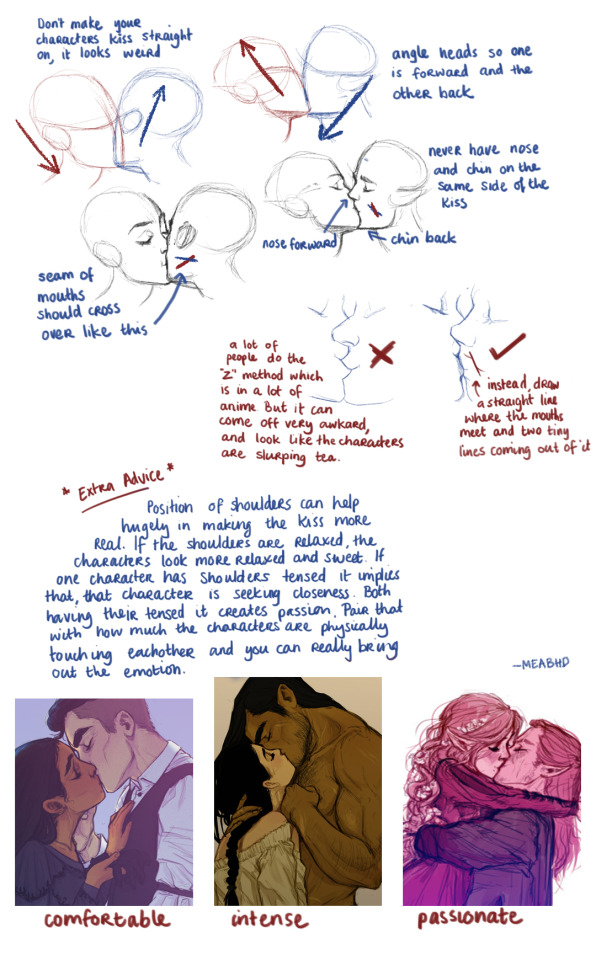Text
Boxy Bois! What to do if your story feels like cardboard. 0.0
I’m a Cardboard Box. How do we fix this?

The Key Questions:
Tip: Only write what’s relevant/necessary to the story. It's not a biography.
1. Who am I? What am I? What do I do?
Relevant personal information of the character, such as age, gender, sexuality ext. Think things like species or race. If it changes the POV or how the character is written, then it comes here.
2. What do I want?
A good piece of advice I once read was to give your characters two goals and make it so that one has to be sacrificed to obtain the other. You can get creative with this thought.
3. What can I not bear to lose?
Originally this was ‘What is the worst thing that can happen to me?’ but I think this is too vague. I always say that in my worst times not leaving behind my sister is my reason to continue living. If I lost her, I can’t imagine how I would exist. So what is that concept for your character?
Choose a character. It doesn’t have to be your main character, but try choosing one that develops during the course of the story.
Now start with question 1 and write down the answers to those questions. You’ll get ideas as you write.
Make a new paragraph and write: How will I use this? Write down scene ideas, actions or dialogue that reflects what you have written.
Do this for each number. I add an extra section at the end for just writing what comes to mind before moving on.
Do this for each character. A good idea is doing this for the Main Character, The Ally and The Antagonist. (PS: Try thinking of the antagonist as if they are the protagonist. Write in each character’s perspective.)
Now you have lists of scenes you can weave into the plot of your story to add some subtext, foreshadowing and stakes! As for the above three questions…
By combining the scenes and answers from Question 1 => You have content for the introduction/Act 1
Combining scenes and answers from Question 2 => Internal conflict challenged and reflected by external conflicts. (Act 2)
And combining scenes and answers from Question 3 => Your Climax and darkest moments. This also reflects the characters’ fears and can be what prevents them from actually achieving the goals in Question 2!
You don’t have to follow this exactly, but it's a good thing to know if you don’t know where to put a scene. You also don’t have to add all of them. By the end of this exercise, you should have more than enough story fodder to help you trudge through the trials and tribulations of writing. :)
Good Luck!
6 notes
·
View notes
Text
Write it like its a Series: Episodic Chapters
I’m one of those people who after 3 years of formal education in Writing, still struggles to wrap my noggin around themes so this is what I do instead!

Choose a theme and build up the book chapter by chapter by illustrating avenues of the theme in each chapter.
1. Choose a Concept. Generally a specific argument, message or theme works for me. The rest should expand on that idea.
For example: The Concept is Compassion and the message; Everyone needs someone in their lives.
The first chapter should state the theme in some way. Narration works, but symbolism can be even greater if you plan it right.
2. Make a list of sub-concepts building the understanding of the story's message. Freewriting about what you want to say then breaking it down into concepts might make things easier.
For example:
Compassion isn't restricted to a single person.
Letting go of something in order to accept a new reality.
Loneliness grips even the most introverted people.
If you already have some ideas about your story, you may be able to get some ideas from this. Try imagining two people arguing apposite views of this concept.
3. Make a chapter list somewhere in a margin. Intentionally making the space you can work with small forces you to write only footnotes. Write down ideas for scenes and if possible, attach them to your scenes.
4. Reorganize the scenes in a way that at least kind of makes sense. If you feel something needs to happen between two parts but you don't know what just write: "something happens"
5. Start writing what you want to. Just go with the clearest image you have in your head at the time and keep going. Usually, things put themselves together quite well. Don't worry too much about straying from the path. Just get the first draft done.
6. Don't write everything at once. Writing around 2000 words or a chapter per week works for me. Gives you time to consider it.
7. Put down what was done and keep going.
8. Good luck!
17 notes
·
View notes
